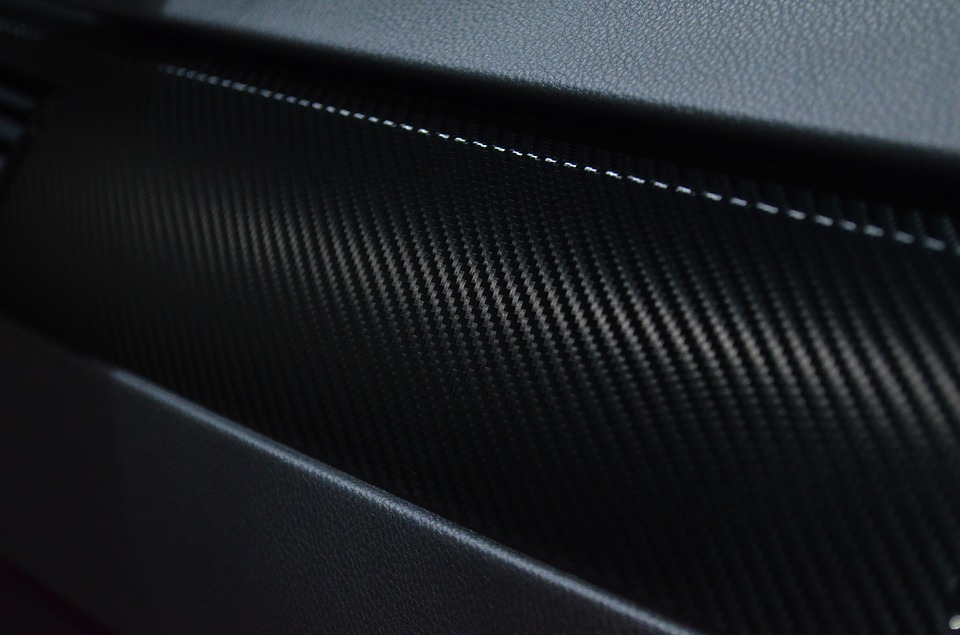Current trends in smart fabrics and protective textiles are expected to auger well for the global market for industrial protective clothing fabrics. Innovations in the textile clothing for industrial protection for workers are the key factors significantly pushing the growth of the global industrial protective clothing fabrics market. In addition, with increasing number of manufacturing units coupled with noteworthy employment rates, it becomes imperative for companies to develop efficient protective clothing fabrics for workers. This is expected to drive the demand for industrial protective clothing fabrics during the period of assessment.
For detailed insights on enhancing your product footprint, request for a sample here – https://www.factmr.com/connectus/sample?flag=S&rep_id=665
Fact.MR’s analysis on industrial protective clothing fabrics reveals that the global market for this product is anticipated to expand at a high rate. The global market for industrial protective clothing fabrics is expected to grow at a volume CAGR of 7.8% throughout the period of assessment, 2017-2026. During this timeline, the sale of industrial protective clothing fabrics market is estimated to surpass US$ 4 Bn by end of the year of assessment (2026). The key participants profiled in this extensive research report include PBI Performance Products, Inc., Koninklijke Ten Cate NV (TenCate), Gunei Chemical Industry Co., Ltd., and Mount Vernon Mills, Inc., to name a few.
Key Insights on Global Industrial Protective Clothing Fabrics Market
The demand for industrial protective clothing in Asia Pacific excluding Japan (APEJ) region is expected to increase in the coming years. The APEJ region is expected to present potential growth opportunities for manufacturers involved in the production of industrial protective clothing fabrics during the assessment period. The main factor driving this growth is the growing employment statistics in emerging economies in APEJ, such as India and China. Both these countries have a large population pool, which has driven the employment scenario in these countries. In addition, both these emerging economies are considered as manufacturing hubs in the world owing to favorable business environment such as easy availability of cheap labor, growing presence of end use industries, cheap land availability and favorable government regulations regarding FDI policies. For example, in India, government has allowed a 100 percent FDI in various sectors including construction and aviation, which is expected to attract high foreign investments in the country, consequently boosting economic growth. This coupled with increasing awareness regarding worker safety is expected to boost the demand for industrial protective clothing fabrics in Asia Pacific excluding Japan region during the period of assessment.
Key Segments of the Protective Clothing Fabric Market
Fact.MR’s study on the protective clothing fabric market offers information divided into four key segments-material, end-user, thickness, weight, and region. This report offers comprehensive data and information about important market dynamics and growth parameters associated with these categories.
Material Type
- Aramid & Blends
- Polyolefin & Blends
- Polybenzimidazole (PBI)
- Cotton Fibers
- Laminated Polyesters
- Other materials (PPS, Amide-imide and Viscose, etc.)
End-User
- Oil & Gas Industries
- Mining
- Packaging
- Automotive
- Marine
- Pharmaceuticals
- Electronics and Electrical
- Construction
- Other End-use Industries
With respect to material type, the demand for polyolefin and blends is comparatively higher than other types. Polyolefin and blends offer a high resistance against heat and chemicals. Moreover, the demand for polyolefin and blends for manufacturing of industrial protective clothing fabrics is higher owing to enhanced resistance against toxic chemicals and gases. Also, they are not affected by solvents and swell by chlorinated and aromatic hydrocarbons at higher temperatures, which adds to their demand. Further, industrial protective clothing fabrics are expected to witness high adoption from the oil and gas industries. The sale of industrial protective clothing fabrics is higher in this industry as the rate of worker mishaps and injuries have been on a larger scale. This has triggered the use of industrial protective clothing fabrics in this sector.
With respect to thickness type, the demand for fabrics that are up to 0.056 inches thick is higher. However, industrial protective clothing fabrics with this thickness type, albeit gaining high steam, reflect low market share in the global industrial protective clothing fabrics market. On the other hand, with respect to weight, the 12 to 17 oz. per sq. yard segment is estimated to be the largest with a high market valuation. This segment is expected to lead the global industrial protective clothing fabrics market during the period of forecast.
